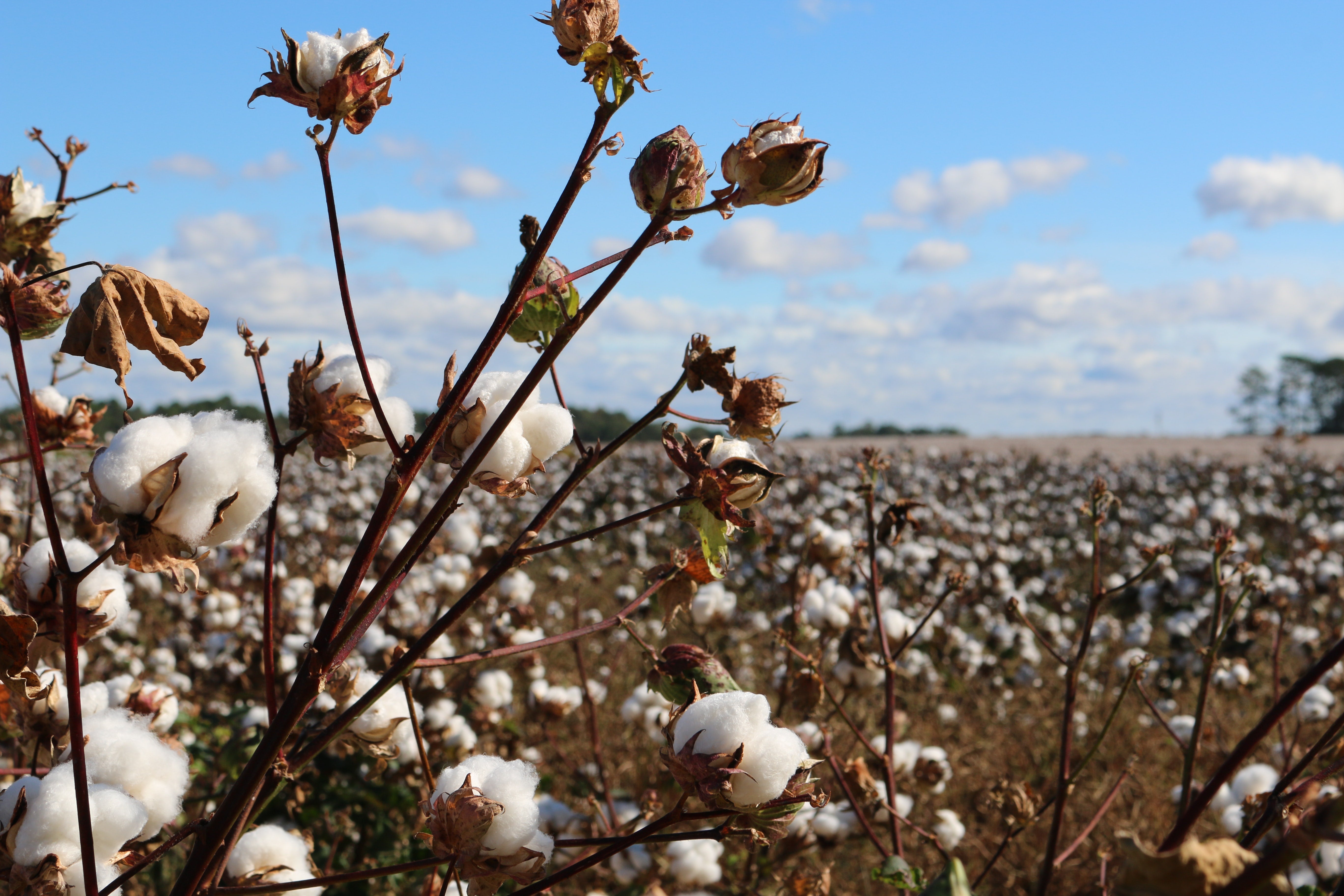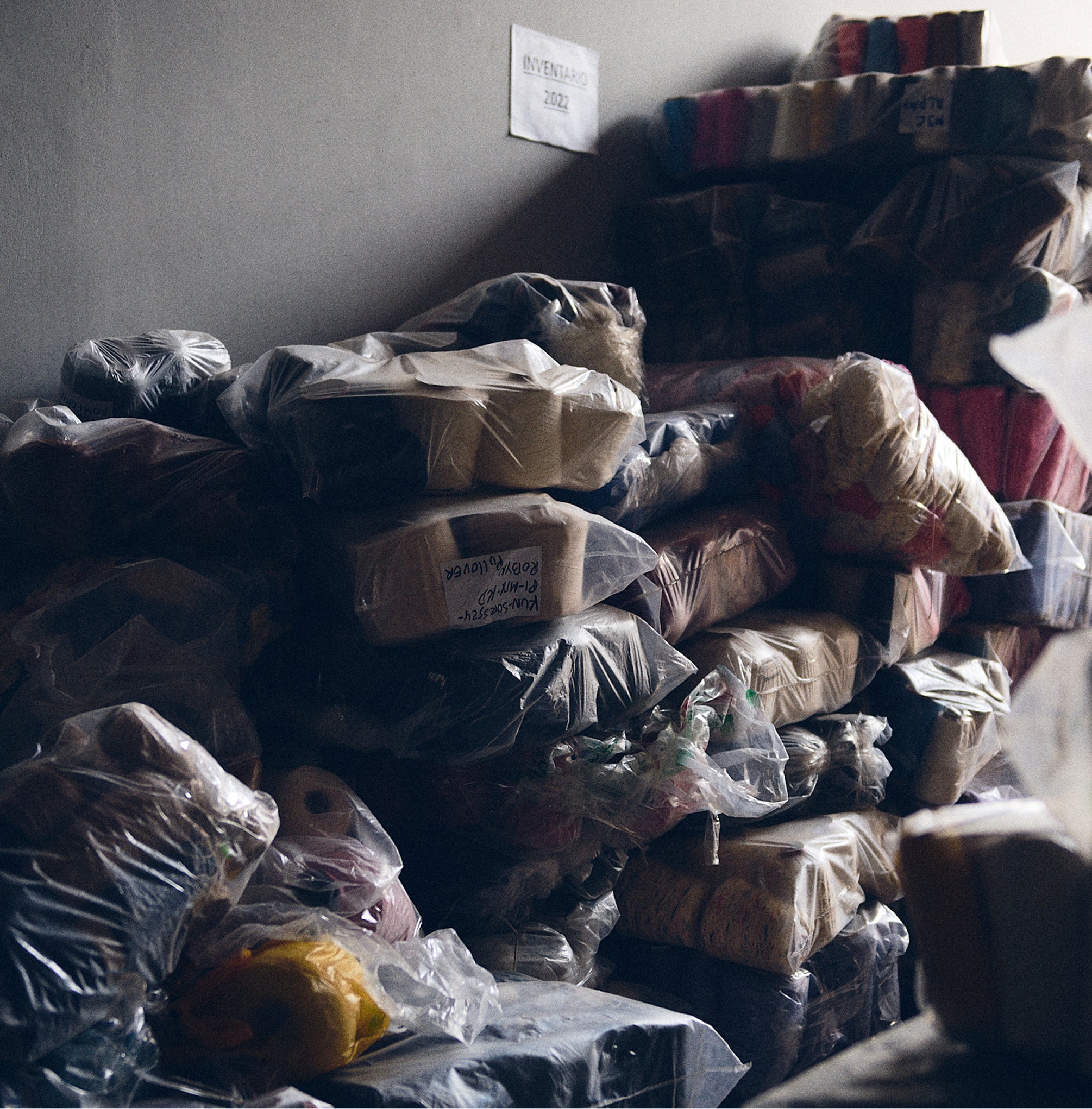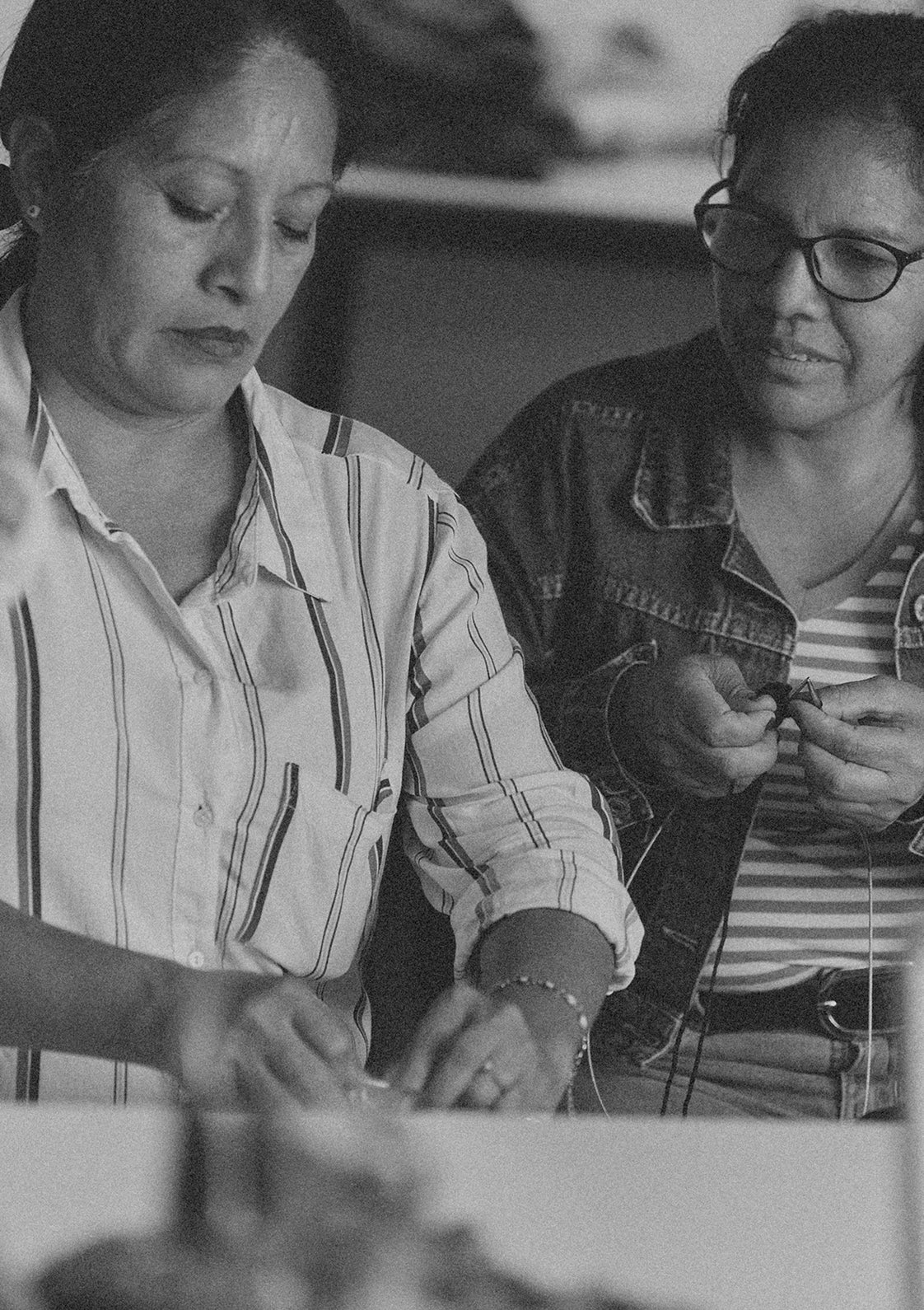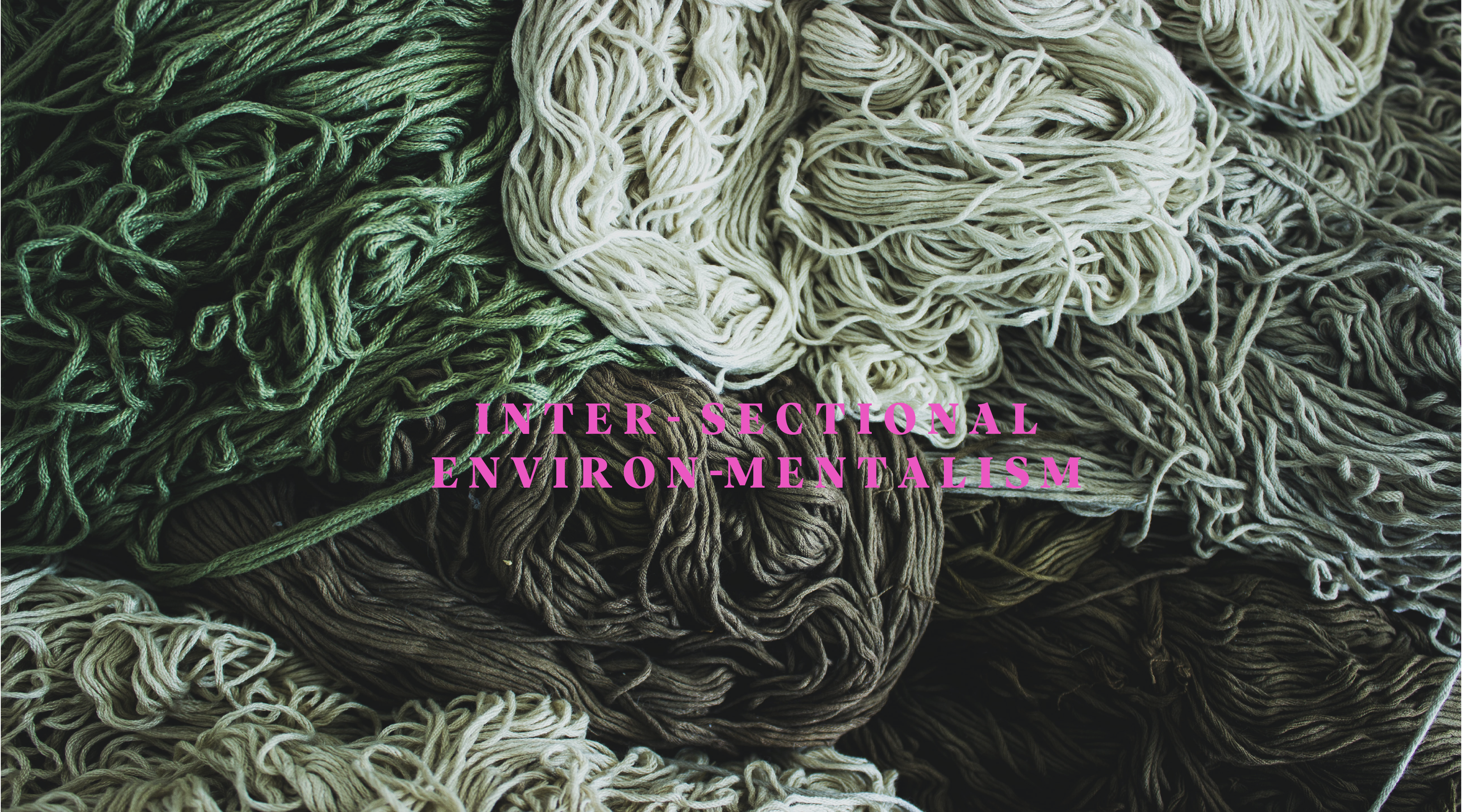As we enter the second half of 2020, we’re faced with the beginning of what could be a major cultural shift. The deaths of George Floyd, Breonna Taylor, Elijah McClain, Tony McDade and so many others across America has reignited the Black Lives Matter movement. With it, there has been a reckoning across other cultural movements, including the fight for women’s rights, LGBTQ+ rights, and environmental justice. People are now demanding that these causes address their intersectionality with the rights Black, indigenous and people of color (BIPOC) Americans. But before we dig into intersectional environmentalism, let’s break down intersectionality.
What is Intersectionality?
Kimberle Crenshaw, a lawyer and civil rights activist, developed the theory of intersectionality in her 1989 work, “Demarginalizing the Intersection of Race and Sex: A Black Feminist Critique of Antidiscrimination Doctrine, Feminist Theory and Antiracist Politics.” In her critique she writes, “If any real efforts are to be made to free Black people of the constraints and conditions that characterize racial subordination, then theories and strategies purporting to reflect the Black community’s needs must include analysis of sexism and patriarchy. Similarly, feminism must include an analysis of race if it hopes to express the aspirations of non-white women.”
In the context of today’s conversation, to believe that women’s lives matter, LGBTQ+ lives matter and the environment matters, you must believe that Black lives matter.
So what is intersectional environmentalism?
Intersectional environmentalism emphasizes the connection between the environment and race.
Leah Thomas, @greengirlleah defines intersectional environmentalism as, “an inclusive version of environmentalism that advocates for both the protection of people and the planet. It identifies the ways in which injustices happening to marginalized communities and the earth are interconnected. It brings injustices done to the most vulnerable communities, and the earth, to the forefront and does not minimize or silence social inequality. Intersectional Environmentalism advocates for justice for people + the planet.”
The disproportionate impact pollution and climate change have had on Black and other non-white communities is well documented. From the prevalence of harmful particulate matter in Black communities, to the water crisis in Flint, Michigan, to the destruction caused by Hurricane Katrina, Black people bear the brunt of our environmental crisis.
How Fashion Can Be Actively Anti-Racist & Sustainable
So what are the implications of intersectionality when it comes to environmental justice and sustainable fashion?
One of the approaches we support is for brands to use deadstock in their production! In previous posts, we’ve explained that deadstock is a term for the materials leftover from the manufacturing process. Not only do we build our garments around deadstock yarn, but it is our hope that other brands and large manufacturers will begin to do the same.
We also advocate for reducing the amount of clothing that enters landfills. Slow fashion is not just buying higher quality, ethically produced garments – it’s caring for the things you already own. If you follow us on Instagram, we’ve been highlighting the practice of darning and celebrating visible mending. Recently, makers such as Flora Collingwood-Norris, Addie Best, and Arounna Khounnoraj have shared with us the creative ways they minimize waste and incorporate darning into their work.
Repairing damaged knits or upcycling old clothes are just one of the many ways we can reduce the environmental impact of our fashion choices.
Interested in trying to mend something for yourself? The Endery now offers a Deadstock Darning Mending Kit! Each kit includes a darning needle, embroidery clippers, 8 mini rings of deadstock pima cotton and alpaca yarns, a tote bag and postcard from The Endery. If you’re ready to DIY and give an old item of clothing a little bit of love, we hope you’ll check out our new kits.
For the latest news from The Endery, including tips on sustainability and mending tutorials, follow us on Instagram.
Read more
As we continue to explore the world of handcrafted knitwear, we’re always delighted to come across fellow designers such as Flora Collingwood-Norris, @collingwoodnorris. Her vibrant designs and att...

Cotton is the world’s most important non-food agricultural product, accounting for half of the global demand for fiber. It takes up a lot of space worldwide, and its production makes up a large por...







